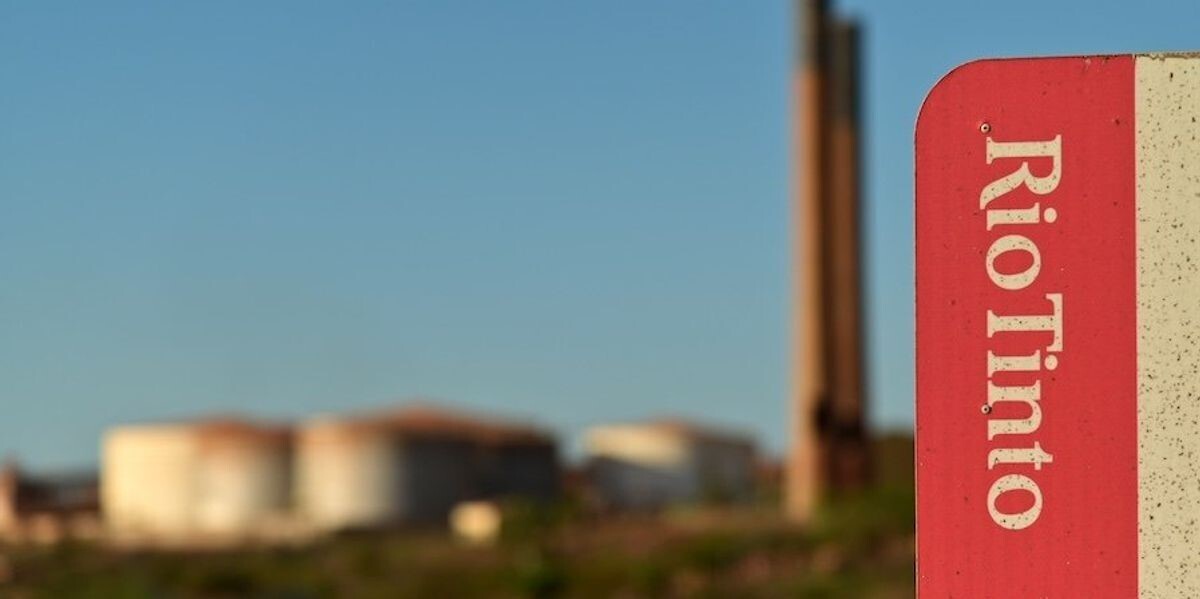

The global mining and metal giant Rio Tinto has demonstrated impressive performance in aluminium and copper, compensating for declining iron ore earnings and increased labour costs in Australia. For the six months ending June 30, the company reported a profit after tax (PAT) of $US5.8 billion ($A8.9 billion), showing a slight increase from $US5.1 billion the previous year.

Underlying EBITDA (earnings before interest, taxes, depreciation, and amortisation) rose 3 per cent to $US12.1 billion ($A18.5 billion), reflecting the company's strong operational performance.
Rio Tinto Chief Executive Jakob Stausholm said, "Rio Tinto is both consistently profitable and growing. This is being driven by the disciplined investments we are making to strengthen our operations and progress major projects for profitable organic growth."
"Our overall copper equivalent production is on track to grow by around 2% this year, and our ambition is to deliver around 3% of compound annual growth from 2024 to 2028 from existing operations and projects."
Rio Tinto has pledged approximately $US1 billion ($A1.5 billion) annually for closure activities at various sites, including the Argyle diamond mine, Energy Resources of Australia's uranium mine, the Gove alumina refinery, and other legacy locations.
The company is addressing its environmental challenges through technology and partnerships. Notable initiatives include renewable power solutions for the Boyne smelter in Queensland and its New Zealand aluminium smelter.
"We are at an inflection point in our growth, with a step change from our aluminium business and consistent production at our Pilbara iron ore operations. We have considerable cash flow growth from the ramp-up of the underground copper mine at Oyu Tolgoi and more value to come as our Simandou investment and Rincon lithium project proceed at pace. We are also solving some of our most complex challenges through technology and partnerships, such as the renewable power solutions announced for Boyne and NZAS,” the CEO said.
An inflection point is an event that results in a significant change in the progress of a company, industry, sector, economy, or geopolitical situation. It can be considered a turning point after which a dramatic change, with either positive or negative results, is expected to occur.
Despite these advancements, tight labour markets in Western Australia, Quebec, and Utah have led to cost increases beyond general inflation, as the company reported.
Free cash flow reached $US2.8 billion ($A4.3 billion), with taxes and government royalties totalling $US4.4 billion ($A6.7 billion). The return on capital employed stood at a substantial 19 per cent.
Rio Tinto has maintained its expectations for Pilbara iron ore shipments in 2024, forecasting 323-338 million tonnes.
Jakob Stausholm added, "Our strengthened operations along with stable pricing for our commodities have allowed us to again deliver robust financial results, with underlying EBITDA of $12.1 billion. We recorded free cash flow of $2.8 billion, as we invested in growth, and underlying earnings of $5.8 billion, after taxes and government royalties of $4.4 billion. Return on capital employed was a healthy 19 per cent.”
"Our strong balance sheet enables us to continue with our practice of a 50 per cent interim payout with a $2.9 billion ordinary dividend as we continue to invest with discipline to shape Rio Tinto into an even stronger company."



Responses






